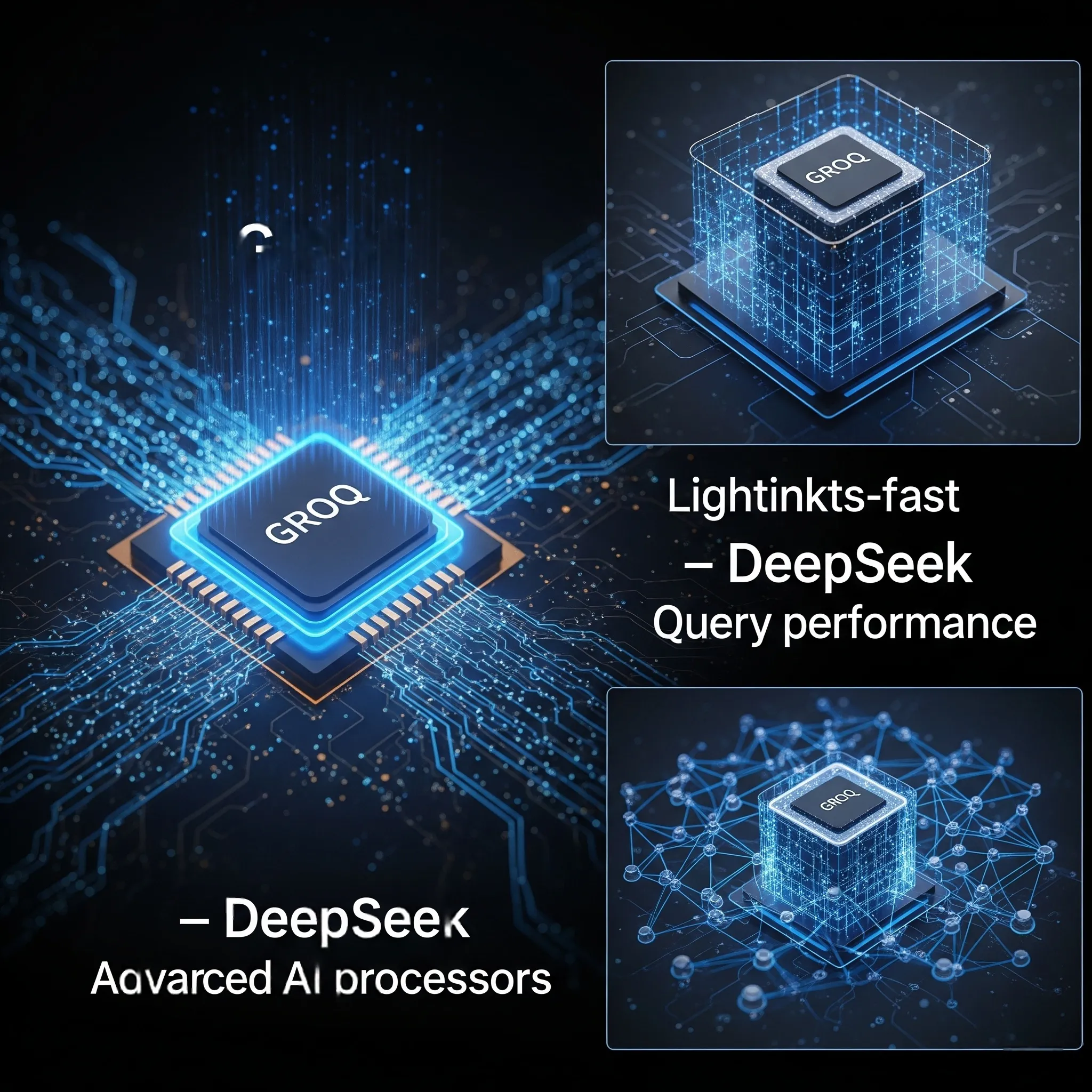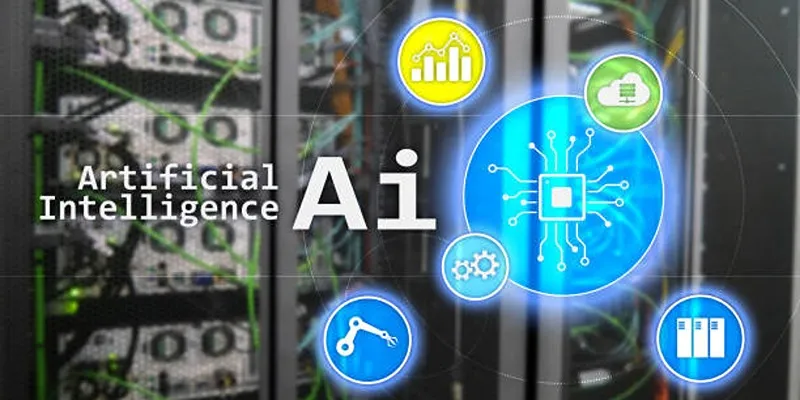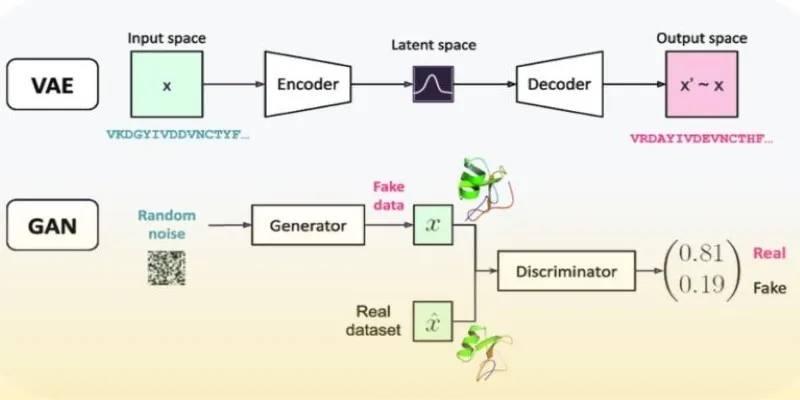As global energy demands rise and climate-conscious living becomes more important, homeowners are seeking intelligent solutions to manage their energy consumption without sacrificing comfort. Among the most innovative tools available today are AI-powered smart thermostats. These devices go far beyond traditional temperature control by learning user behavior, predicting needs, and automating adjustments to maximize energy efficiency and enhance indoor comfort.
AI smart thermostats are not just a luxury anymore—they are becoming a central part of modern, energy-conscious homes. This post explores how artificial intelligence (AI) is changing the way thermostats work, offering homeowners greater control, reduced energy bills, and a more comfortable living experience.
What Are AI Smart Thermostats?
A smart thermostat is a computerized device that is used to regulate the heating, ventilation, and air conditioning (HVAC) system of a residential building. Unlike earlier versions that enabled remote control through apps, the most modern models today incorporate Artificial Intelligence and machine learning. These technologies allow the thermostat to evaluate user behavior, weather data, and environmental trends to automatically optimize temperature settings.
AI-equipped thermostats gather data over time—such as when occupants are home, how warm or cool they prefer their space, and how external temperatures change. Using this data, the thermostat begins making informed decisions that balance comfort and energy savings without requiring constant manual input.
How AI Optimizes Energy Use in Smart Thermostats
AI is crucial for identifying patterns and making real-time decisions. In this way, AI-driven smart thermostats reduce unnecessary energy consumption and establish efficient heating and cooling schedules.
Key Ways AI Helps Optimize Energy Use:
- Learning occupancy patterns : AI tracks when people are home or away and adjusts settings accordingly.
- Adapting to seasonal changes : Instead of waiting for manual input, the system pre-adjusts based on weather forecasts.
- Zone-based heating and cooling : For homes with multiple rooms, AI can control temperatures separately to save energy in unused spaces.
- Reducing peak-time usage : AI identifies high-demand times and shifts usage to lower-cost periods, depending on energy provider programs.
In short, these thermostats automate energy-saving decisions that homeowners might forget or overlook.
Enhancing Comfort with Smart Learning

Comfort is more than just a number on a thermostat. It involves anticipating preferences and creating consistent, pleasant indoor environments throughout the day. AI-powered thermostats enhance comfort through predictive and responsive automation.
They do this by:
- Gradually adjusting temperatures before occupants wake up or arrive home
- Creating personalized settings based on individual routines
- Responding instantly to sudden weather changes to maintain stable indoor conditions
This intelligent comfort management means homeowners no longer need to make frequent adjustments—the thermostat learns and adapts.
Real-Life Example of AI Functionality
Consider a scenario where a family typically leaves for work and school at 8:00 AM and returns around 6:00 PM. Over a few days, the AI thermostat learns this pattern. It automatically lowers the heating or cooling when no one is home and starts adjusting it around 5:30 PM to ensure the house is comfortable upon return.
If the weather forecast predicts an unusually hot afternoon, the thermostat may even start cooling the home earlier to avoid the high energy cost of running at peak hours. This real-time adaptability saves energy and ensures comfort without human input.
Advantages of Using AI in Smart Thermostats
The integration of AI into thermostats brings both environmental and financial benefits. The following points summarize the primary advantages:
Energy Savings
- Reduces unnecessary energy use
- Minimizes heating/cooling during vacant hours
- Encourages efficient HVAC operation
Lower Utility Bills
- Optimized usage means lower energy costs
- Some thermostats provide monthly reports showing savings
- Users can adjust settings further based on insights
Comfort Personalization
- Tailors temperature settings to individual preferences
- Adjusts automatically for day/night comfort
- Maintains stable indoor climate despite external fluctuations
Remote Accessibility
- Most models can be controlled via smartphone apps
- Allows homeowners to adjust the temperature from anywhere
- Supports features like geofencing for location-based activation
Eco-Friendly Living
- Reduces carbon footprint by lowering overall energy demand
- Aligns with sustainable building practices
- Contributes to a greener environment through efficient consumption
Features to Look for in AI Smart Thermostats
Not all smart thermostats are created equal. When selecting one, it’s important to consider the following:
- Learning Capabilities : Does it adapt to schedules and habits?
- Sensor Integration : Can it detect motion or room occupancy?
- App Compatibility : Is it easy to use on iOS or Android?
- Energy Reports : Does it offer feedback on energy usage?
- Smart Home Integration : Can it sync with other smart devices like Alexa or Google Assistant?
Leading Brands in the Market

A few popular AI smart thermostats on the market include:
- Google Nest Learning Thermostat – Known for its intuitive learning and eco-friendly features.
- ecobee SmartThermostat – Offers room sensors and voice control.
- Honeywell Home T9 – Features smart room focus and mobile alerts.
- Amazon Smart Thermostat – A budget-friendly option with basic AI features.
Each has unique advantages, so buyers should compare features based on their needs.
Conclusion
AI in smart thermostats represents a major step forward in modern home automation. These devices offer a seamless way to balance energy savings with comfort by learning from daily routines, predicting needs, and automating climate control. For anyone looking to reduce energy bills, lower environmental impact, and enjoy a more personalized home experience, an AI smart thermostat is a wise investment. By allowing intelligent automation to take over routine heating and cooling tasks, homeowners can focus on living comfortably and sustainably—without lifting a finger.
 zfn9
zfn9






















